I have just received the results of the water sampling in our lakes that we, the gang of 7: Bonnie, André, François, Lois and Jim, France and I, collected last summer. The data is that of healthy lakes. The most important variable is phosphorus, measured in micrograms per litre. Average 2022 results for all four lakes are around 4 (Black 4.1, Boyd 4.4, Clear 3.9 and Curran also 3.9) which puts them in the oligothropic category. A complete analysis will be available next spring.
Kudos to all of you for behaving in a way that protects this beautiful asset.
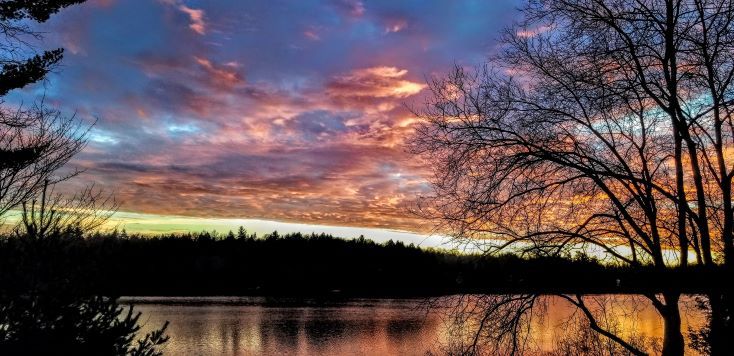
As I have often said, without the lakes, we would not be here.
Mussels. Zebra mussels!
You have probably read about zebra mussels.
Zebra mussels are a very invasive mollusc that have been present in the Great Lakes since the late 80s. They negatively impact ecosystems in many ways. They filter out algae that native species need for food and they attach to and incapacitate native mussels. Power plants must also spend millions of dollars removing zebra mussels from clogged water intakes.
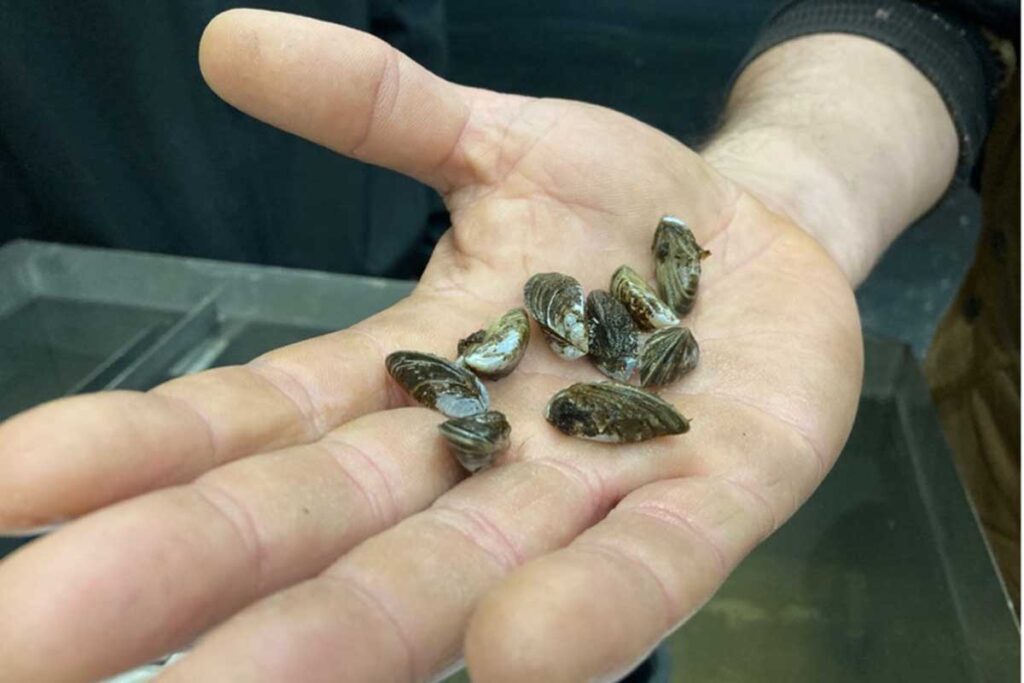
They gradually spread in the St-Lawrence River in the following years. They have now contaminated many large lakes in Quebec, namely Massawipi, Memphrémagog and Temiscouata. All on the south shore of the St-Laurence river. Since they are fingernail-sized molluscs it is quite a challenge to get rid of them as the efforts made at lac Massawipi show. Residents and municipalities have already spent tens of thousands of dollars to try to get rid of them with little success.
So I wondered if this was a new threat for us. I consulted the most renowned lake expert in Québec, namely Richard Carignan PhD., who, thank God, has good news for us.
Generally, lakes in Canadian Shield, where we are, do not contain enough calcium to permit their reproduction. But there are a few exceptions – lakes where there are marble enclaves. Not our situation.
So, let us keep our focus on Eurasian Watermill foil.
Loons.
A resident brought to my attention a piece in an Ontario magazine about loons poisoned with lead fishing gear. I shared the information with our master angler Rod Armstrong who wrote that he has not used lead for many years and strongly recommends fly fishing which does not involve weights. That being said, even when trolling flies, there are other options to lead if one want to troll deeper.
These are very useful FAQ’s about loons and lead poisoning for all anglers to read.
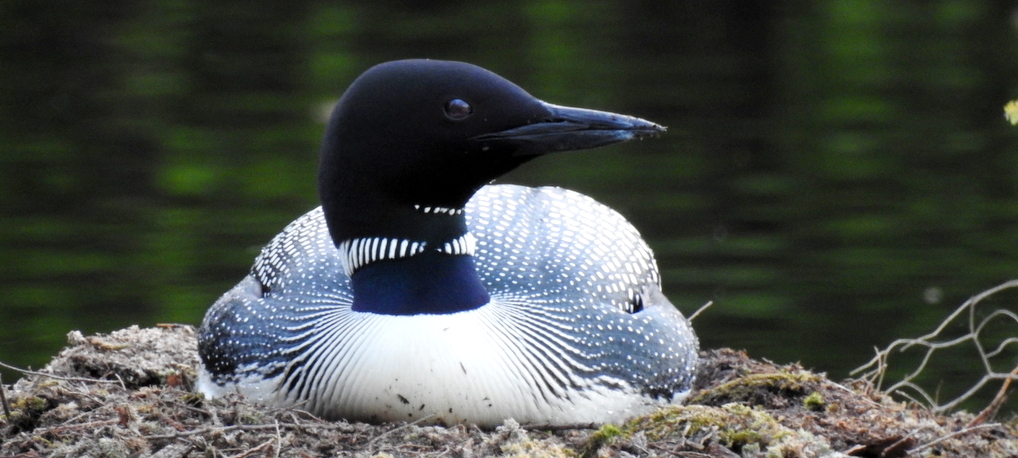
The head of Développent ornithologique Argenteuil (DOA) Martin Picard who knows so much about birds in Argenteuil and who provided our loon platforms said he was never made aware of this problem in our area. The real issue, he told me, is disturbance by humans at reproduction time (May).
Beavers.
Beavers really like Black lake but they just love Boyd lake! Definitely their favourite.
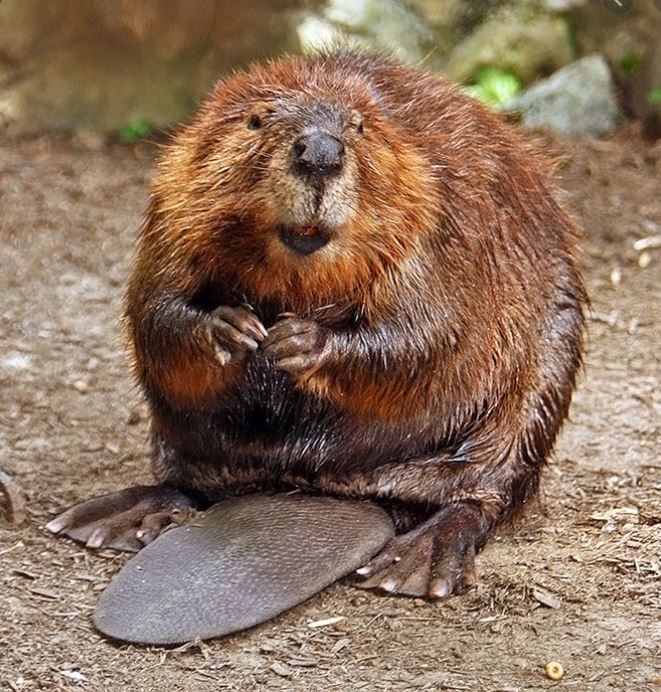
They sure kept our trapper busy throughout November. On Boyd, come fall, they clog the outlet which is located in the swamp by MacDougall road. Water levels get higher and higher and many residents become anxious. As you may know, water flows from Curran, to Black and then to Boyd. So much water flows to Boyd that its replenishment rate is about six months compared to two years for the other lakes.
When the trapping season begins – around the third week of October – it is time to start reducing the beaver population to a manageable size when necessary. Which is the case this year, especially on Boyd.
This should make next year’s season easier to manage. At the same time, we are exploring ways to structure the area around the culvert in the Boyd outlet to limit the number of interventions in the future.
But beavers will always be with us. They are no threat to us, only to trees. Do protect those that are important to you as shown here. As for shrubs, they will grow back naturally.
Have a glorious winter.
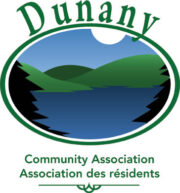
I am interested to know what is being considered for the outlet culvert on Boyd since this is on our property.
Thank you!
We have been experimenting with grills to divert beavers from the culvert. We will evaluate its impact and review this with our trapper. Once we have a proposal, we will get back to you.
Thanks, Jacques. We look forward to hearing about the DCA proposals.